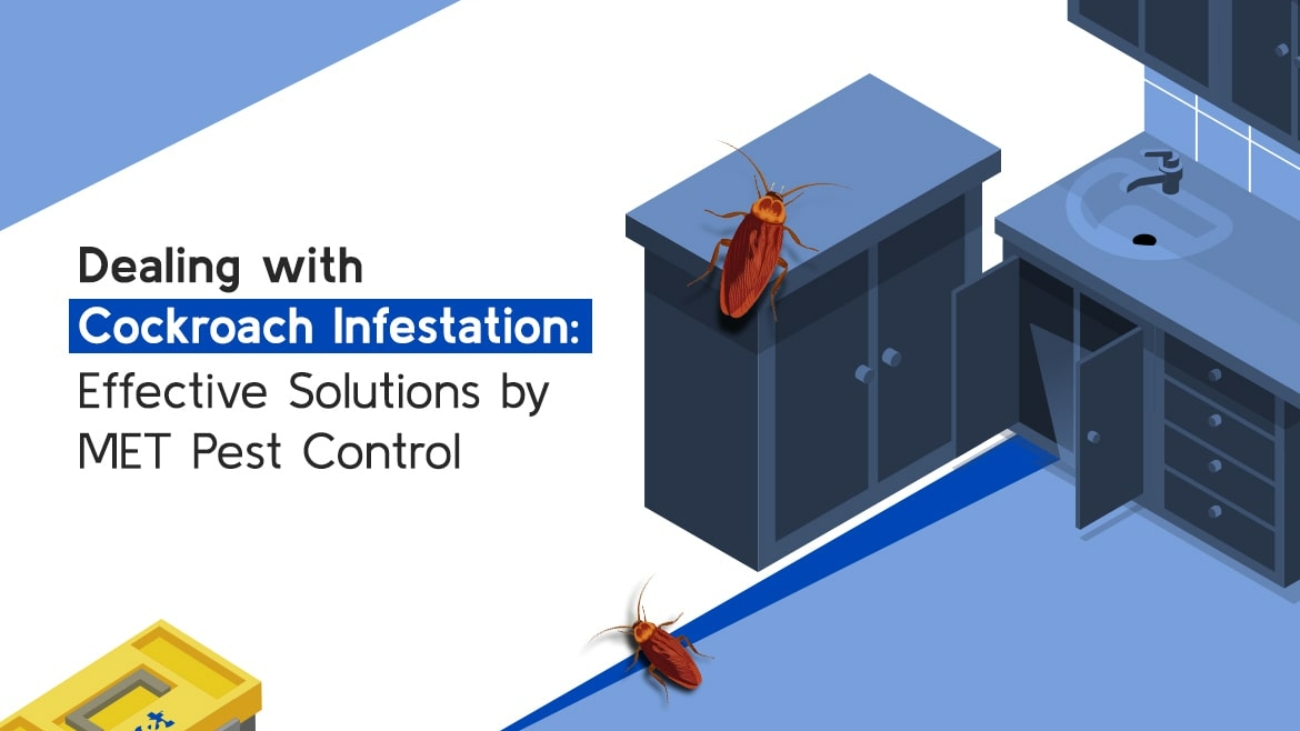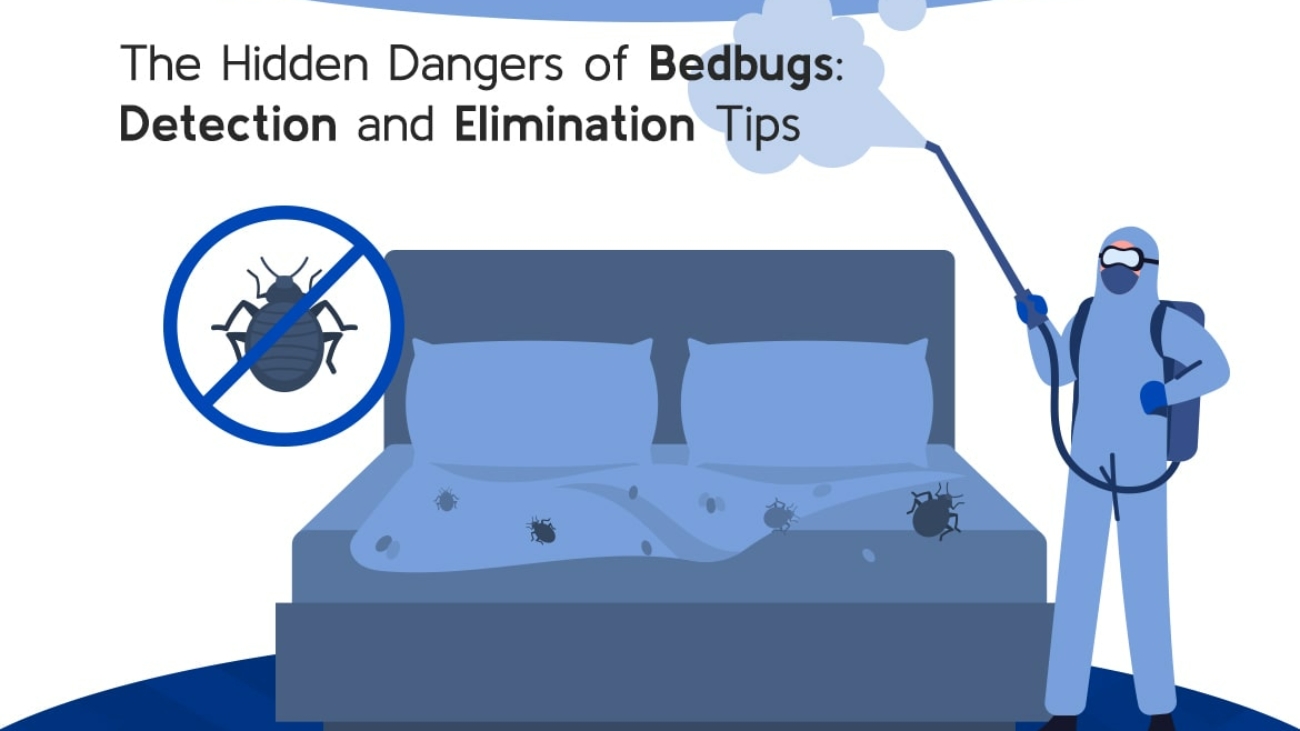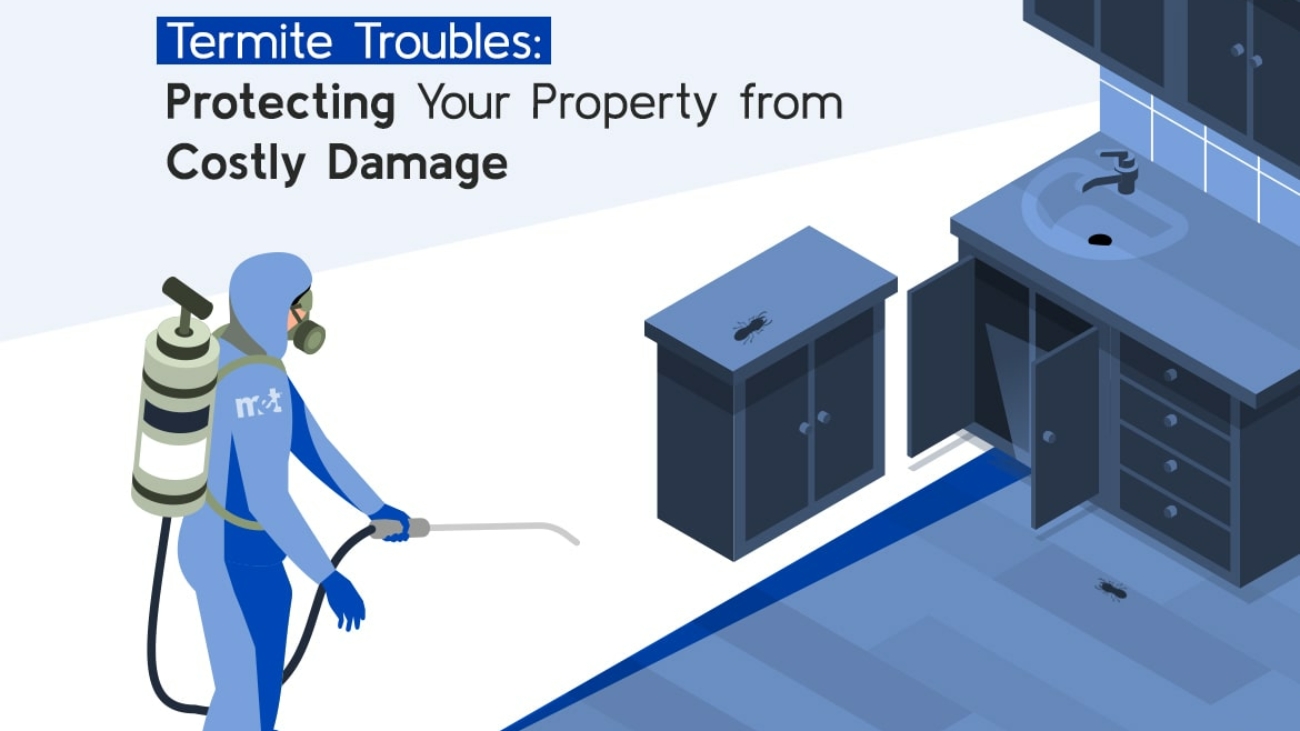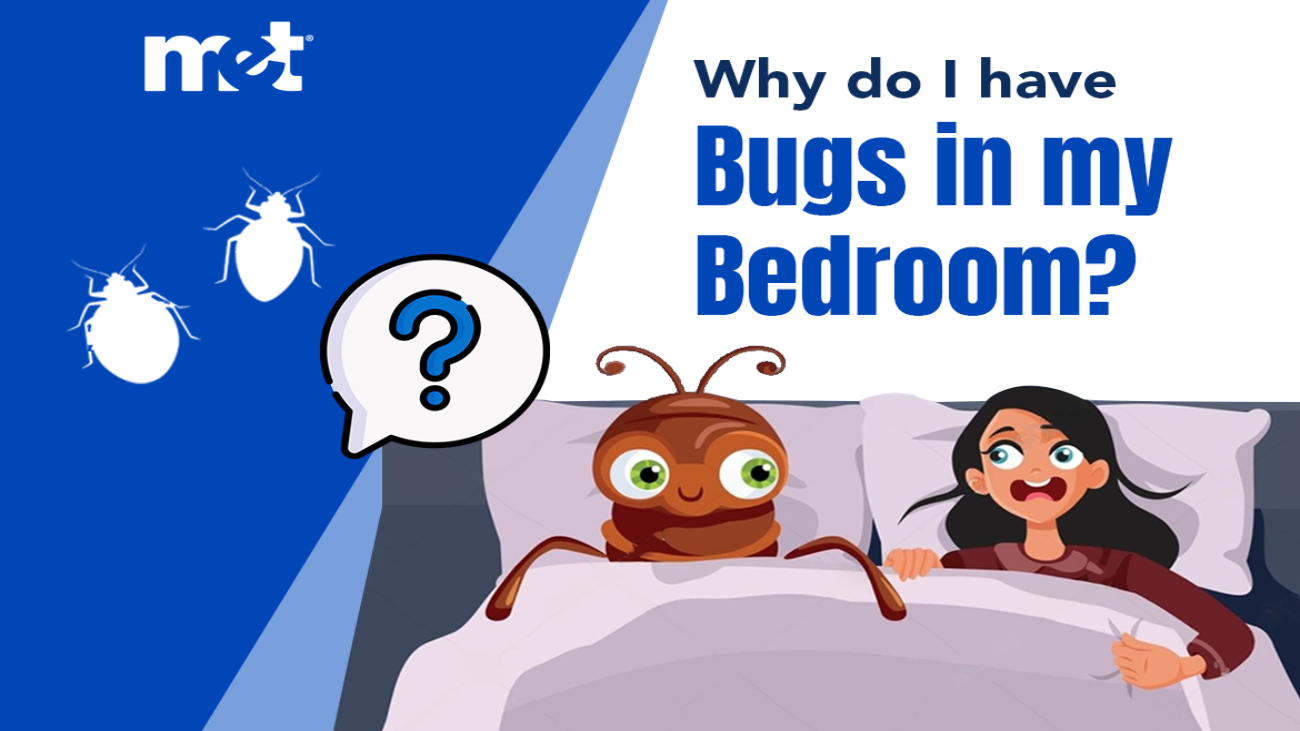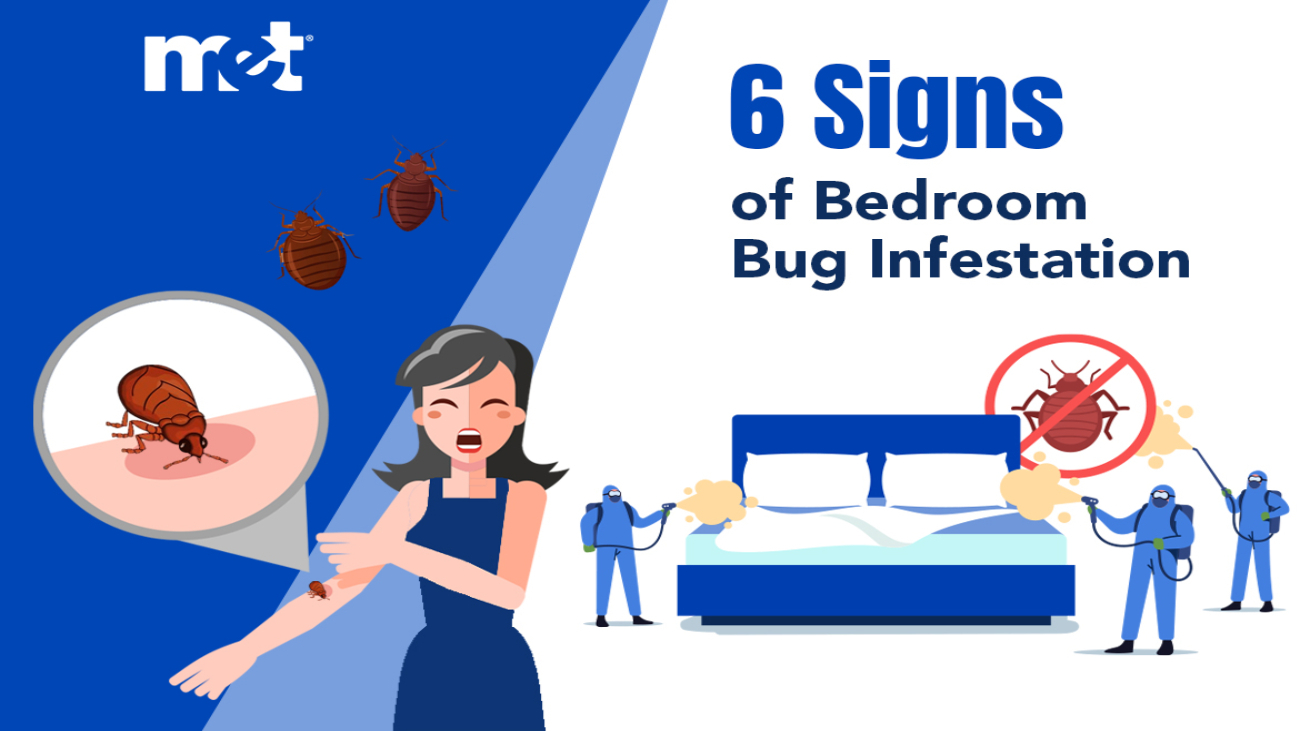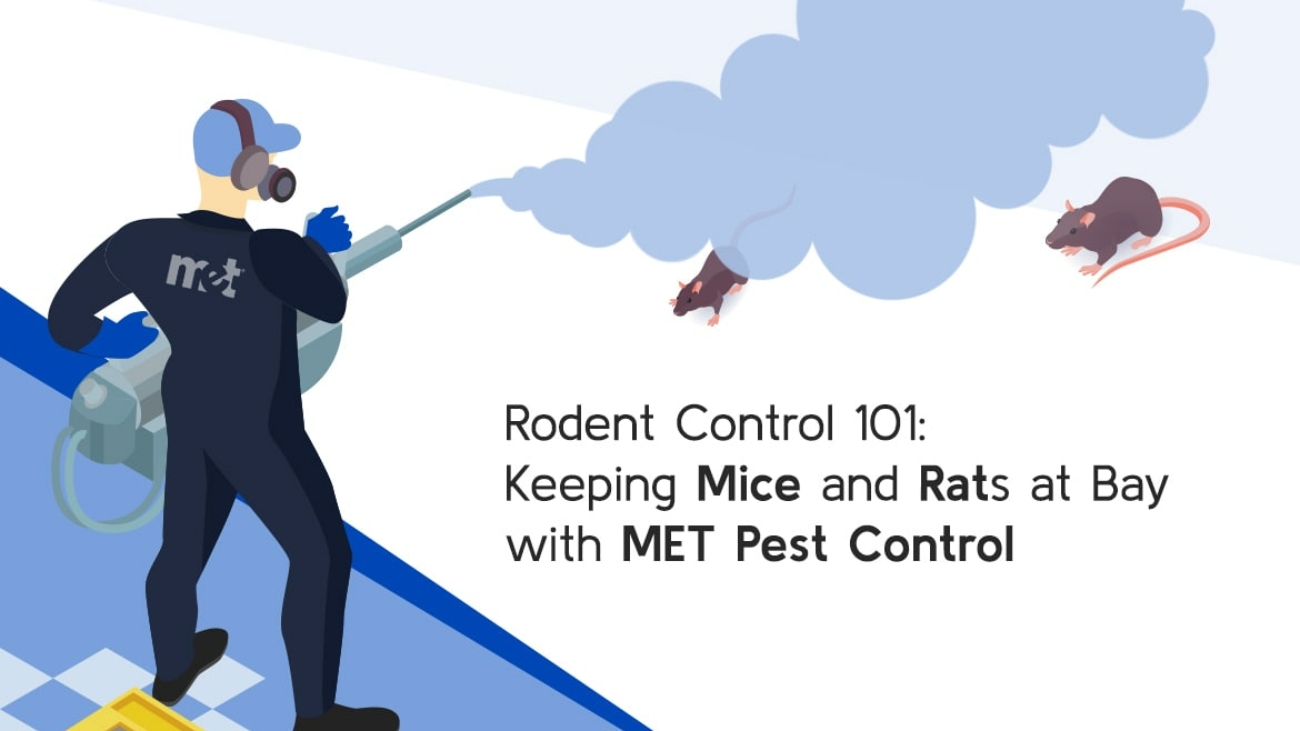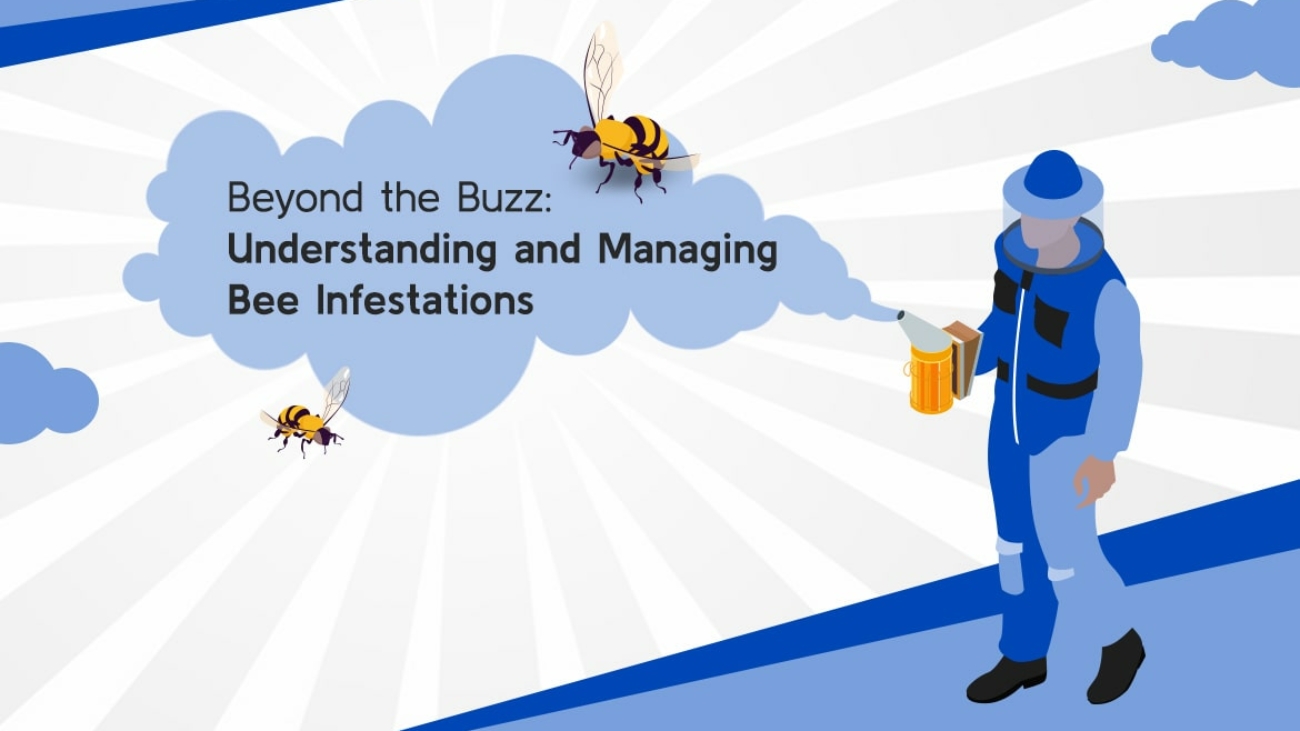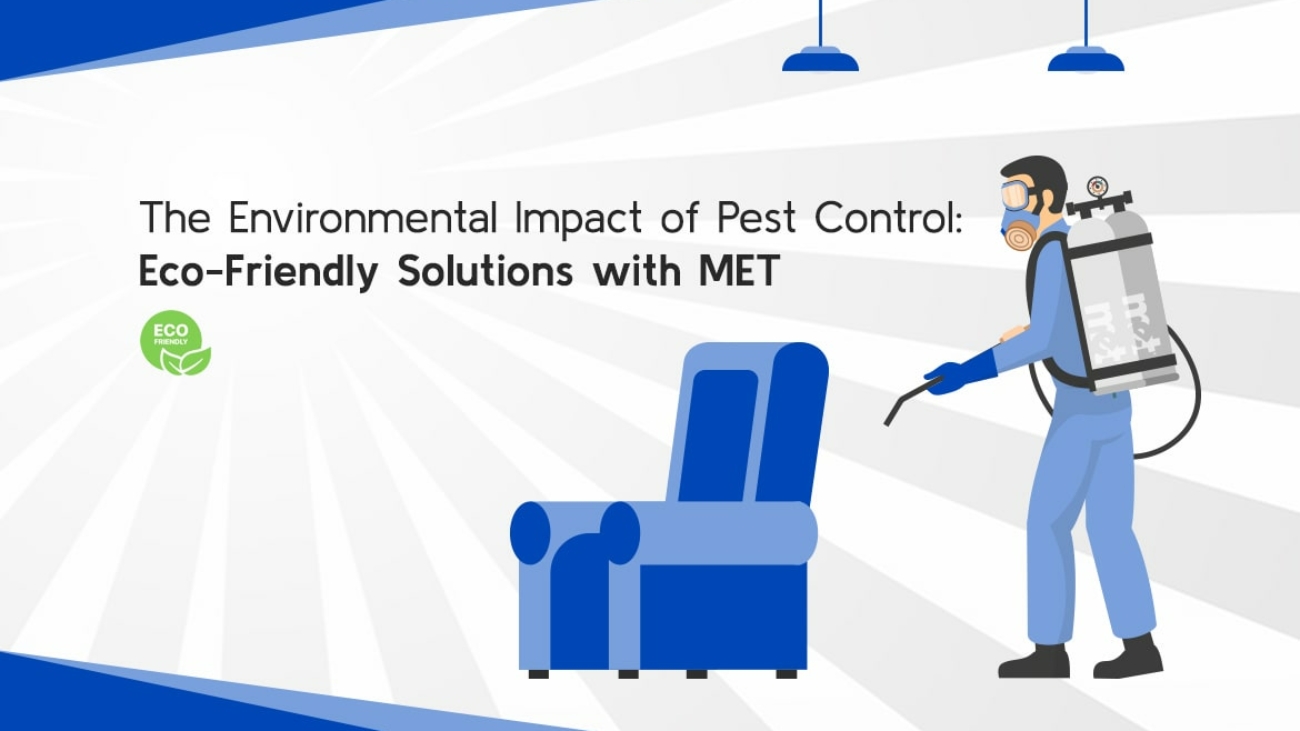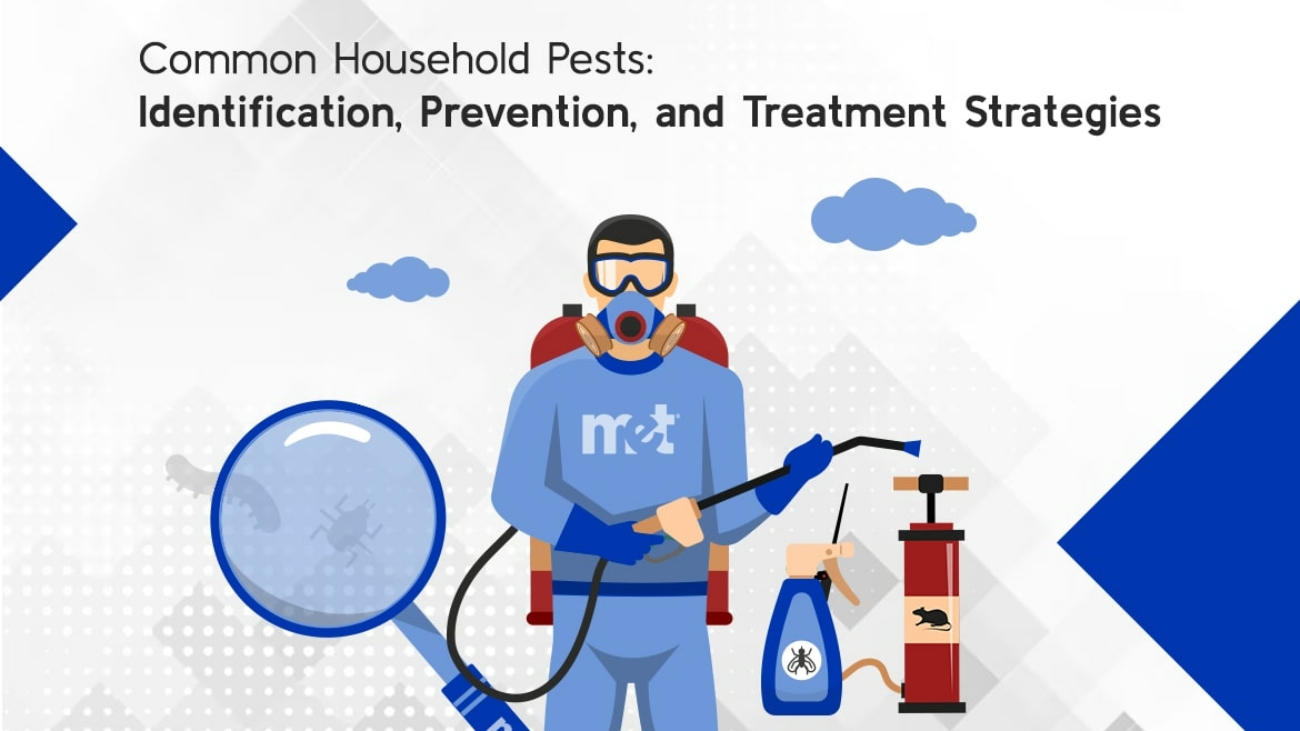Cockroach infestations are more than just a nuisance—they pose serious health risks and can quickly escalate if not addressed promptly. At MET Pest Control, we specialize in effective cockroach management solutions tailored to the unique needs of Singapor ...
The Hidden Dangers of Bedbugs: Detection and Elimination Tips
Bedbugs, the small but notorious pests, can wreak havoc on your home and well-being. This blog help you understand the significance of timely detection and effective elimination. Bedbugs are more common than you might think, and their presence can severel ...
Termite Troubles: Protecting Your Property from Costly Damage
Termites, often called the "silent destroyers," can cause significant damage to properties if left unchecked. Understanding the importance of termite prevention and control is crucial in protecting your investment. This blog explores the impact of termite ...
Why Do I Have Bugs in My Bedroom?
Ever experienced the frustration of seeing bugs in the bedroom, you're not alone. These miniature intruders have a knack for infiltrating our personal spaces, turning our cozy retreats into battlegrounds of bed bugs vs. humans. But fear not, because in th ...
6 Signs of Bedroom Bug Infestation
Have you ever woken up in the middle of the night feeling itchy, restless, and unable to fall back asleep? Tossing and turning, you wonder why your peaceful nights have turned into a battle for rest. Bed bugs could be the culprit behind your sleepless nig ...
Rodent Control 101: Keeping Mice and Rats at Bay with MET Pest Control
Rodents are unwelcome guests in any home or business, posing significant health risks and property damage. In this guide, we'll delve into the essentials of rodent control and how MET Pest Control can help you keep these pests at bay. With our expertise i ...
Beyond the Buzz: Understanding and Managing Bee Infestations
Bees play a vital role in our ecosystem, but when they decide to take up residence in our homes or businesses, they can pose a challenge. In this blog, we delve into the intricacies of understanding and effectively managing bee infestations. By gaining in ...
Seasonal Pest Control: How to Prepare Your Home for Every Season
Seasonal changes in Singapore bring about shifts in pest activity, making seasonal pest control crucial for homeowners. Understanding these patterns can help you proactively protect your home from infestations year-round. Common Seasonal Pests in Singapor ...
The Environmental Impact of Pest Control: Eco-Friendly Solutions with MET
In the pursuit of pest-free environments, the methods we employ to combat pests can often have unintended consequences on the environment. At MET Pest Control, we recognize the importance of minimizing our ecological footprint while effectively managing p ...
Common Household Pests: Identification, Prevention, and Treatment Strategies
When it comes to maintaining a clean and healthy home, dealing with pests is an inevitable challenge. In this blog, we'll delve into the topic of "Common Household Pests: Identification, Prevention, and Treatment Strategies." As experts in pest control, M ...

